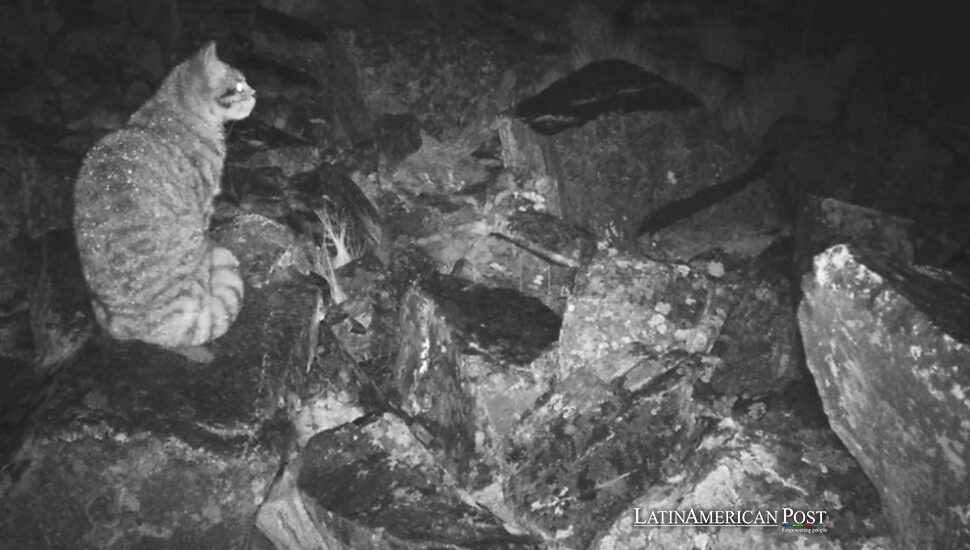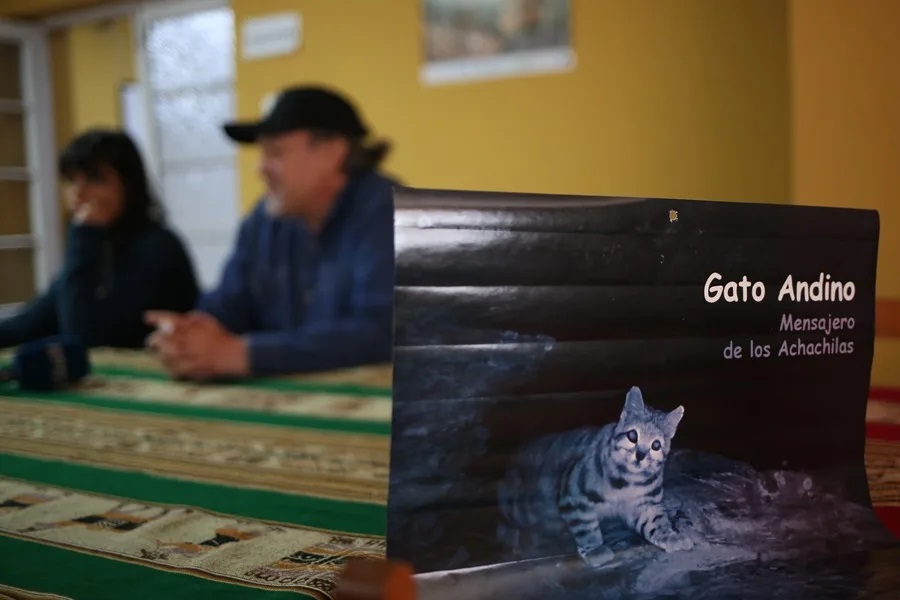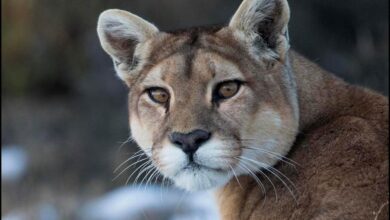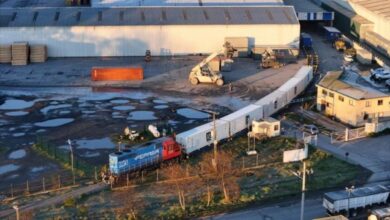Chile’s Endangered Andean Cat Meets the Weight of Copper Dreams

In Chile’s high Putaendo Valley, the air tastes of stone and snowmelt. Here, along the Rocín River, cameras have captured a ghost—the Andean cat, Leopardus jacobita, one of the world’s rarest felines. Its appearance should have been a celebration. Instead, it has thrown this quiet Andean valley into a collision between conservation and copper, between an energy transition framed as green and a fragile mountain ecosystem that now stands in its way.
A valley that was never meant to be famous
The Rocín basin sits high in Chile’s Valparaíso region, where icy peaks cradle wetlands and wind-scoured rock gardens shimmer with light. For decades, it was simply background—pastoral, remote, primarily alive in the memories of local herders. “This particular area has remained virtually untouched by human intervention for a long time,” said biologist Arón Cádiz-Véliz of the University of Concepción in an interview with Mongabay. “It’s also home to a high diversity of flora and fauna, many of which are in danger of extinction.”
Then, in January 2020, a camera trap changed everything. It caught the blurred stripes of an Andean cat—the first photographic proof of the species in the Rocín River Valley. A farmer spotted another that same year in a nearby walnut grove. Soon, more images followed: a flash of fur, a long tail curling through scree, an unmistakable silhouette.
With those pictures, an anonymous valley became an ecological headline. Scientists began documenting new plant species, such as Haplopappus colliguayensis, as the world’s appetite for copper grew louder by the day. The discovery arrived just as the Vizcachitas copper and molybdenum project, owned by Canadian company Los Andes Copper Ltd., was shifting from exploration to full-scale mining. To company executives, Vizcachitas promised metals essential to decarbonizing the planet. To locals and researchers, it looked like a hole about to open in the heart of a watershed.
Cats, copper, and the cost of transition
The Andean cat is a creature that thrives where few others can. It hunts the vizcacha—a rabbit-like rodent that lives among the boulders and cliffs of the high Andes—and it needs vast, undisturbed territory to survive. “It is clearly a unique species, a symbol of the Andes Mountain range,” said Rodrigo Villalobos Aguirre, director of the NGO Seeking Andean Wild Cats, speaking with Mongabay. “It’s rare, with a small population, and it’s susceptible to any change in its habitat.”
That sensitivity is precisely what alarms researchers about the mining project. “The company is trying to establish operations in an area with a high presence of vizcachas,” Cádiz-Véliz said. “If the area is affected, it will directly impact the Andean cats that depend on them.”
To ecologist Nicolás Lagos Silva, Chile’s co-coordinator for the Andean Cat Alliance (AGA), these sightings mark more than a lucky find—they reveal a biological corridor. “Conserving the Rocín population is crucial to maintaining connectivity and genetic exchange between other populations north and south of this region,” he told Mongabay. Roads, explosives, and drilling pads would splinter that corridor into fragments, stranding isolated groups in a genetic dead end.
Mining’s defenders point to copper’s role in the global energy transition—electric cars, wind turbines, and solar panels all depend on it. Yet to scientists in the field, the rhetoric feels hollow. It’s hard to speak of a green future while standing in a valley that could lose its glaciers, its water table, and its most elusive predator.
Court battles, camera traps, and citizen science
When the first images of the cat surfaced, they galvanized residents. The community of Putaendo, together with scientists, filed complaints urging authorities to halt the expansion of mining. For a moment, they won. In March 2022, a court suspended drilling pending further review. Work resumed that July after judges declared the project “compatible” with the cat’s presence.
But the fight didn’t end. “The company submitted only an Environmental Impact Declaration instead of a full Environmental Impact Study,” Cádiz-Véliz told Mongabay, referring to the lighter of Chile’s two environmental review processes. “That kind of shortcut risks ignoring what’s truly at stake.”
Under Chilean law, the discovery of an endangered species should trigger deeper scrutiny—such as mandatory monitoring, seasonal restrictions, or changes in design. “The purpose of these assessments is to protect species of high conservation value,” Lagos said. “Authorities can require companies to modify plans or establish compensation measures, but only if they act before the damage starts.”
Local officials argue the problems began long before the cat. Mayor Mauricio Antonio Quiroz Chamorro told Mongabay that Los Andes Copper conducted unauthorized drilling and illegally drew water years ago, damaging native habitat. The company and Chile’s Ministry of Environment declined to comment to Mongabay.
Then, in October, an environmental court dismissed the remaining six claims against the company. The ruling effectively greenlighted 350 new drill holes across 73 new and 51 existing platforms. For the valley’s defenders, it felt like the floor had dropped out from under them.

EFE/ Luis Gandarillas
A last defense in a fragile landscape
With legal doors closing, Putaendo’s residents and conservation groups are turning to a different strategy: create protection where none exists. They’ve proposed a Multiple-Use Conservation Area (ACMU) spanning at least 248 hectares, designed to shield the Rocín’s water network and its highland wetlands. Unlike a national park, an ACMU allows sustainable local use but bars industrial expansion.
“This valley has been protected by neglect, not by law,” Cádiz-Véliz said. “We need a framework that recognizes both the people who live here and the species that depend on it.”
For scientists, the urgency is both practical and poetic. The Andean cat’s presence means the valley still functions as a wild system—predators, prey, and glaciers in sync. “Given the cat’s endangered status and its deep cultural significance for many Andean communities that consider it sacred, protecting this population is also protecting a way of life,” Lagos said.
Villalobos calls the species a living gauge of mountain health. “If its prey disappears, if the rocks are blasted, the cat will vanish too—and with it, the warning sign of what’s collapsing around us.”
Also Read: Bolivia’s Mountain of Silver Stands on the Edge of Collapse
The mining company says Chile and the world need its copper. The valley’s defenders answer that no amount of copper can replace a watershed. Somewhere in the crags above Putaendo, a camera trap still blinks red in the dark. The vizcachas forage at dusk; the cat moves like smoke between stones. It doesn’t know it’s famous. It only knows the silence that every blast would break.





